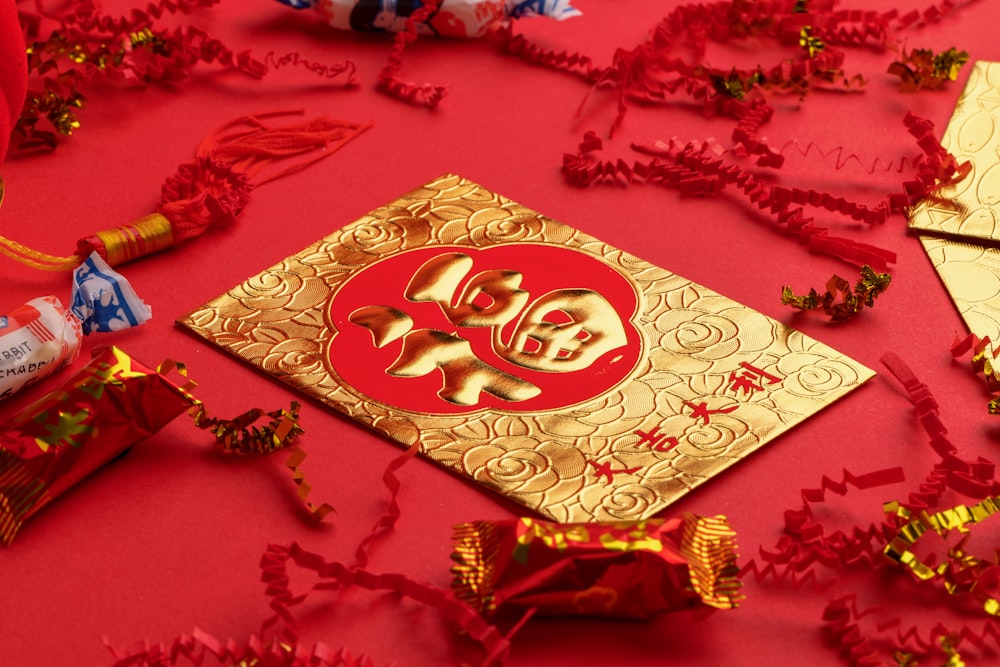The Tradition of Lucky Money: Unveiling the Story of Chinese New Year's Ya Sui Qian

The Chinese New Year, celebrated as the Spring Festival in China, is rich with customs and traditions that have been passed down through generations. Among these, the giving of "Ya Sui Qian" (压岁钱), which translates to "suppressing Sui money," plays a pivotal role in the festivities. This gesture not only symbolizes good wishes and luck for the new year but also has deep-rooted historical and cultural significance.
The Origins of Ya Sui Qian:
- Ancient Legends: The tradition of giving lucky money dates back to ancient times, rooted in legends involving evil spirits and protectors. One popular tale tells of a demon named "Sui" that would terrorize sleeping children on New Year's Eve. Parents would use coins to fashion protective talismans for their children.
- The Evolution Over Dynasties: Over centuries, the practice evolved from protective rituals into a custom of elders giving money to younger generations as a form of New Year blessings.
Cultural Significance:
- Symbolism of Red Envelopes: Traditionally, the money is given in red envelopes, which are symbols of energy, happiness, and good luck. The color red is believed to ward off evil spirits, ensuring a peaceful and prosperous year ahead.
- Expression of Love and Blessings: Beyond its protective origins, giving Ya Sui Qian has become a way for elders to express their love and wishes for the younger generation's health, success, and happiness.
Modern Practices:
- From Physical to Digital: With the advent of technology, the tradition has embraced the digital age. Electronic red envelopes, or "e-hongbao," have become popular, facilitating remote exchanges of blessings.
- Variations Across Regions: While the practice is rooted in Chinese culture, variations exist across different regions and countries with Chinese diaspora. Each has its unique way of celebrating this tradition, reflecting the diversity within Chinese culture.
Social and Economic Implications:
- Generational Exchange: The exchange of Ya Sui Qian strengthens family bonds, bridging the gap between generations and reinforcing familial ties.
- Impact on Consumer Behavior: The distribution of lucky money can significantly influence spending behaviors, contributing to the economic activity surrounding the Spring Festival.
Conclusion:
The tradition of giving Ya Sui Qian during Chinese New Year is a multifaceted practice that embodies the spirit of protection, blessings, and familial love. It serves as a bridge connecting the past with the present, allowing generations to share in the joy and hope that the new year brings. As we embrace modernity, the essence of Ya Sui Qian remains a testament to the enduring charm and significance of Chinese cultural heritage.

































